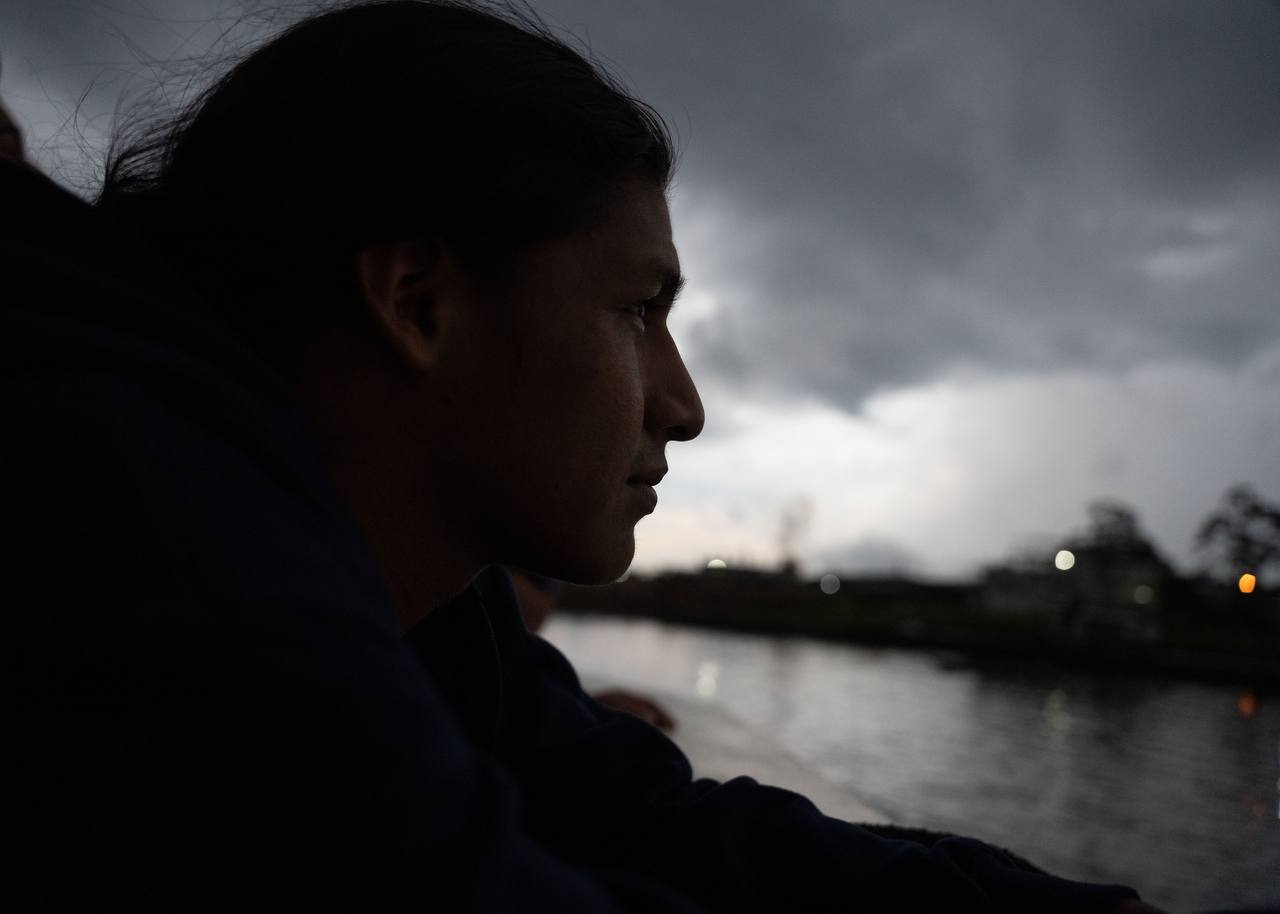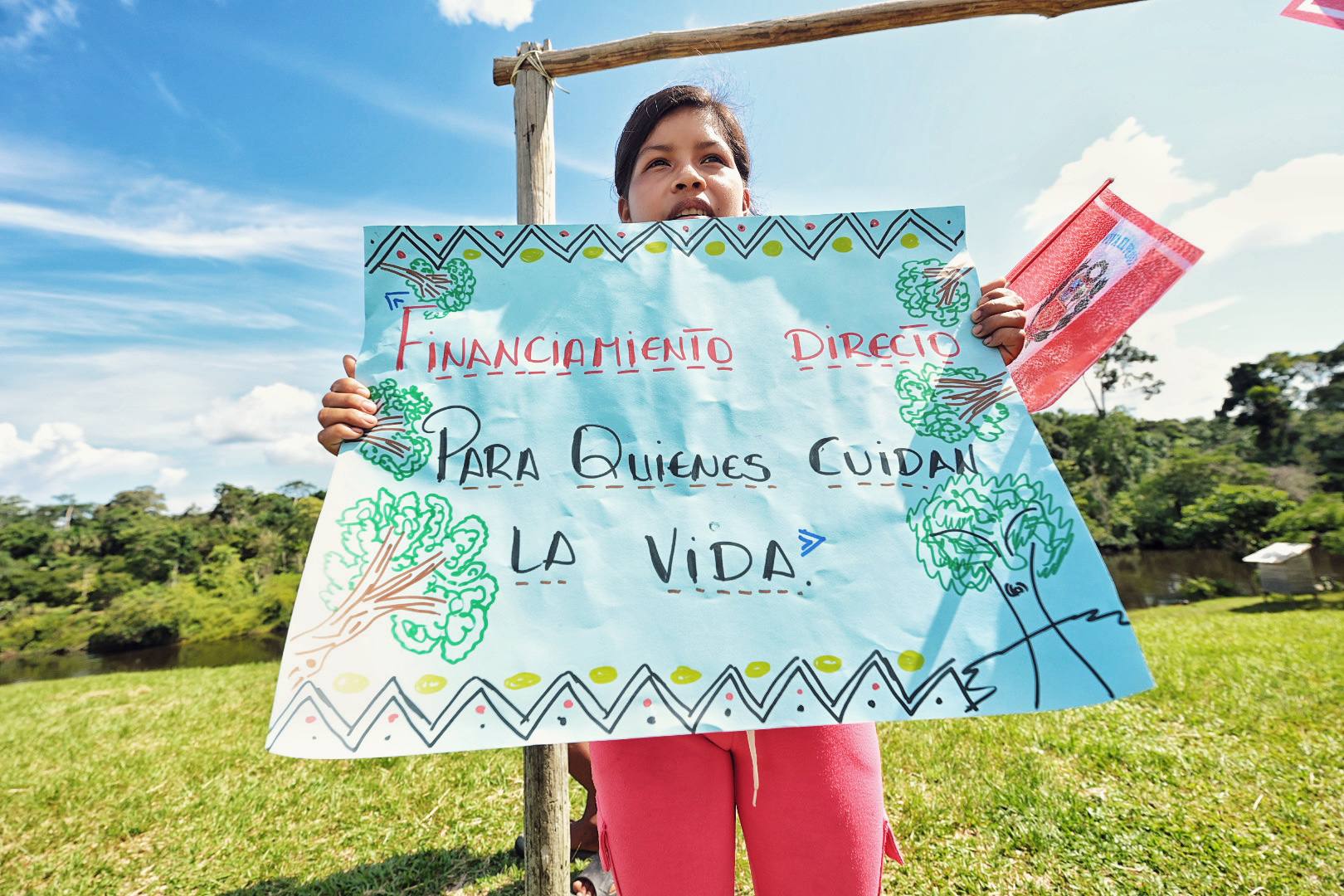
With Ancestral Culture and Sustainable Management, the Tikuna People Face Threats and Protect the Forest in Colombia
Monitores ambientais das comunidades nativas Tikuna utilizam celulares para registrar suas festividades, costumes e o trabalho que realizam na elaboração de seus artesanatos.
In San Juan Barranco, a community located in the Colombian Amazon Trapezium, the Tikuna people lead environmental protection initiatives rooted in their traditional knowledge and steadfast territorial defense. Amid the pressures of extractive activities and environmental degradation, this Indigenous community has developed strategies for the sustainable management of natural resources and the preservation of their cultural heritage.
For the Tikuna, the forest is home — a source of food, medicine, and spirituality. This relationship is expressed through practices of responsible resource use, such as the sustainable fishing of more than a hundred species, regulated hunting and gathering, and the recovery of native plants like the caraná palm, used in the construction of traditional houses that provide better thermal and environmental conditions.
Among the main threats are plastic and waste pollution, as well as illegal logging, which harm the rivers and forests surrounding the territory. In response, the community has strengthened its internal organization and begun incorporating technologies such as mobile phones to document environmental and cultural practices and pass them on to younger generations. Tikuna environmental monitors use cell phones, GPS, and satellite imagery to record journeys for collecting materials — such as chambira fiber, “palo sangre” wood, and topa — as well as traditional festivities like the Pelazón, ensuring that this legacy continues to live on. (Environmental News)
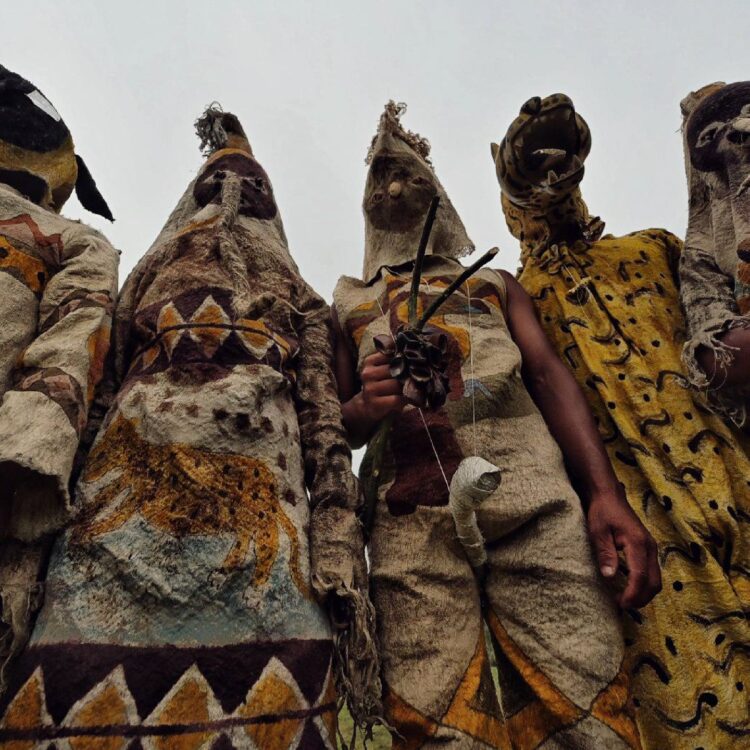
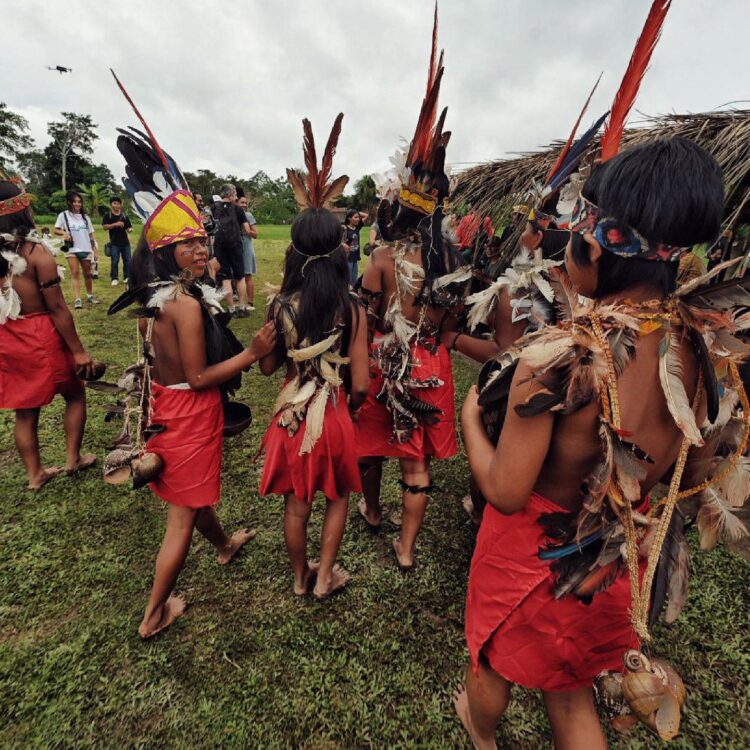
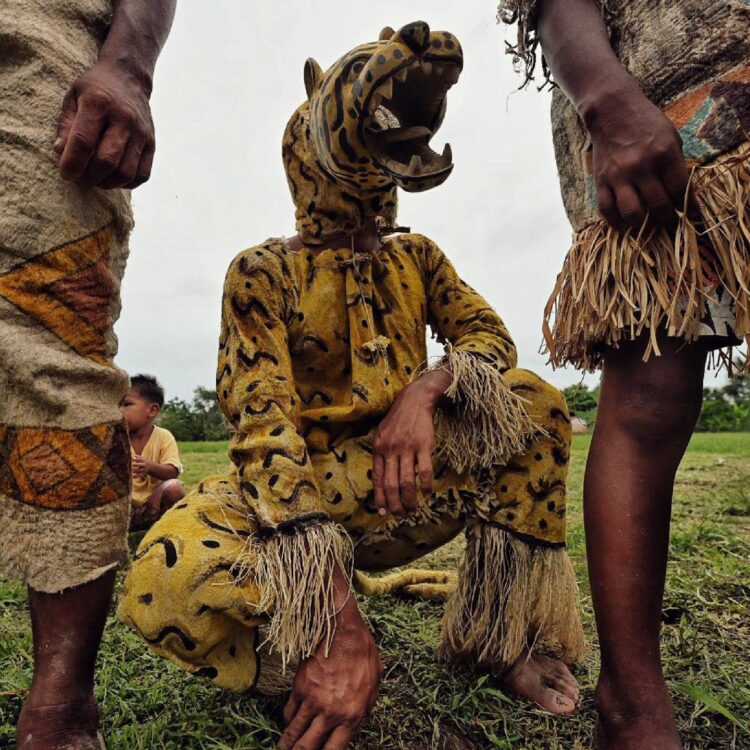
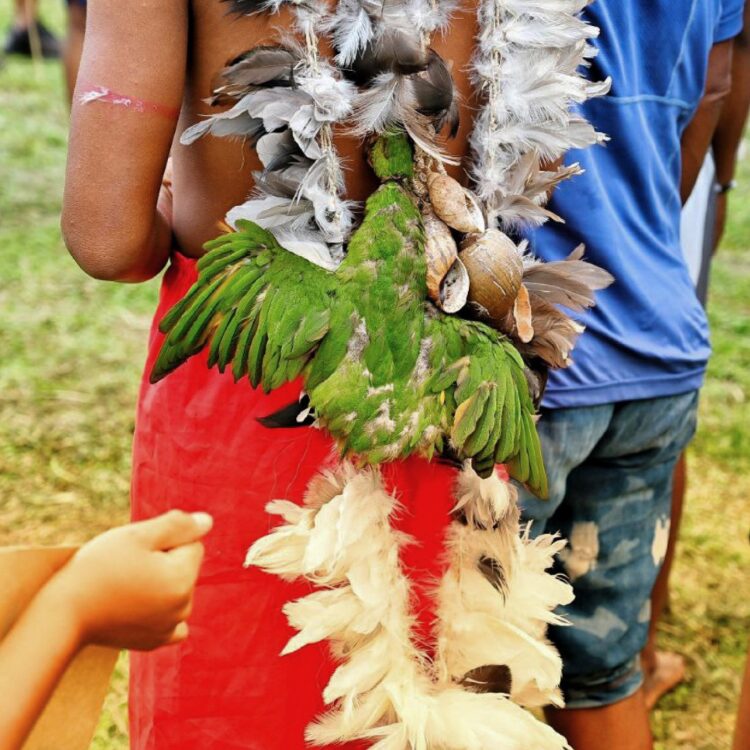
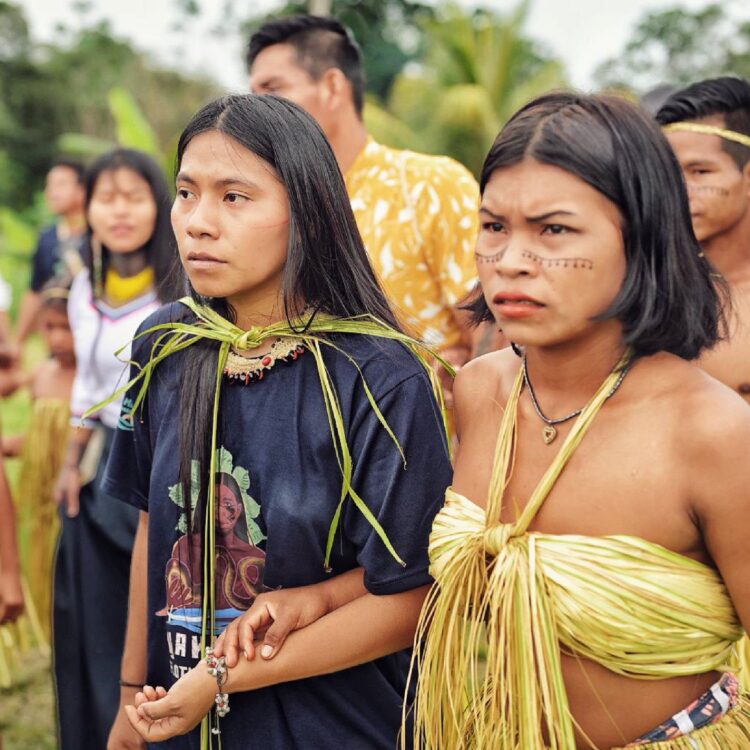
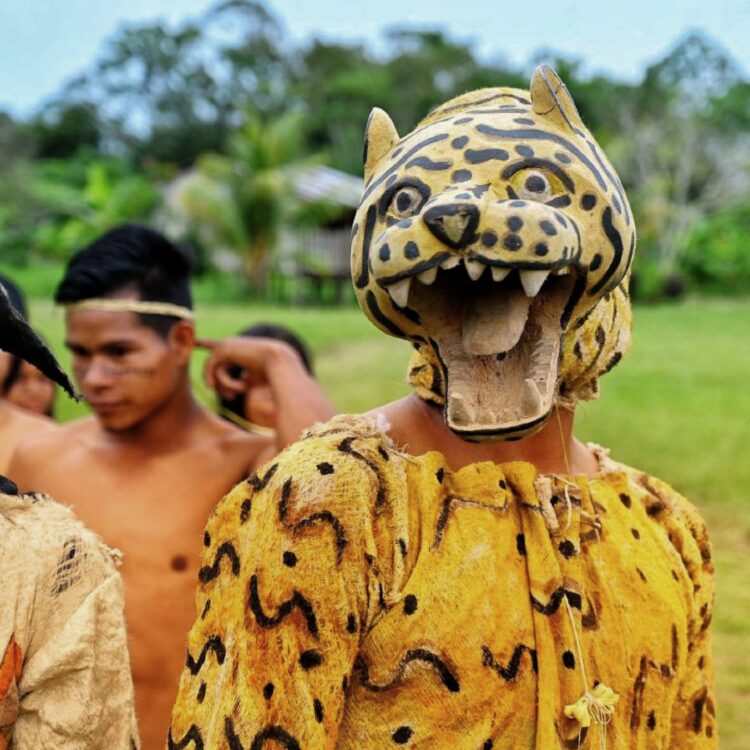
Photos: Yaku Mama Collaborative Coverage
Another key aspect is the leadership of Tikuna women, who have taken on prominent roles in environmental management and territorial defense. Their work is essential to cultural revitalization and the strengthening of community bonds.
The experience of the Tikuna people in San Juan Barranco stands as an example of local resilience and governance in the face of environmental threats. Their practices demonstrate how Indigenous knowledge, combined with technological tools, can contribute to the conservation of the Amazon — especially at a crucial moment for the protection of the planet’s ecosystems.
*This content is part of the special travel diary of the Yaku Mama Fleet on its journey to COP30.

